
Stop! Go to Questions #1-7 about this section, then return to continue on to the next section.
| PDF FUNCTIONS – INTERSECTIONS, INTERPRETATIONS, AND DEEPER UNDERSTANDING In this unit, you will study graphs and function behavior including linear, quadratic, exponential, absolute value and trigonometric functions. You will look at intersection points, intercepts, intervals where the function is positive or negative, intervals where the function increases or decreases, and end behavior. You will learn to find the midline, amplitude, and period for trigonometric graphs. You will finish by comparing functions through word problems. |
Intersection Points Stop! Go to Questions #1-7 about this section, then return to continue on to the next section. |
Linear vs. Quadratic vs. Exponential Functions
|
| Click on the link to watch the video "Comparing exponential and quadratic models" or click on the video.
|
| Stop! Go to Questions #8-14 about this section, then return to continue on to the next section. |
Function Features
|
Increasing/Decreasing and Positive/Negative Intervals
Stop! Go to Questions #18-26 about this section, then return to continue on to the next section. |
Trigonometric Functions Click on the link to watch the video "Midline, amplitude and period of a function | Graphs of trig functions | Trigonometry" or click on the video. |
The reflected point is (1, 0). 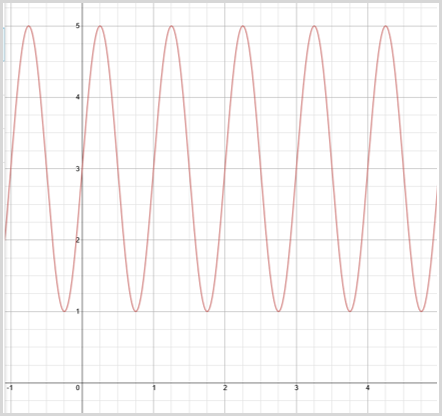
Click here to check your answer for midline. Click here to check your answer for amplitude. Click here to check your answer for period.
|
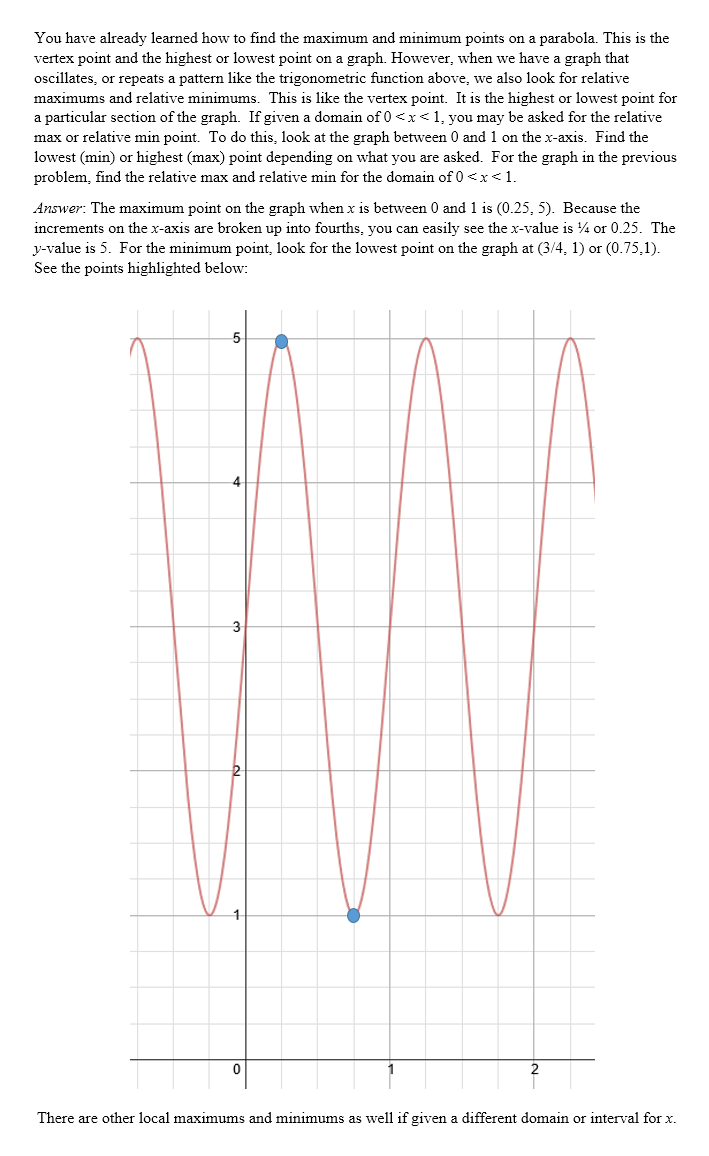 Stop! Go to Questions #27-36 about this section, then return to continue on to the next section. |
End Behavior
Watch these videos to see examples of end behavior. Video 1: Click on the link to watch the video "Polynomial end behavior | Polynomial and rational functions " or click on the video.Video 2: |
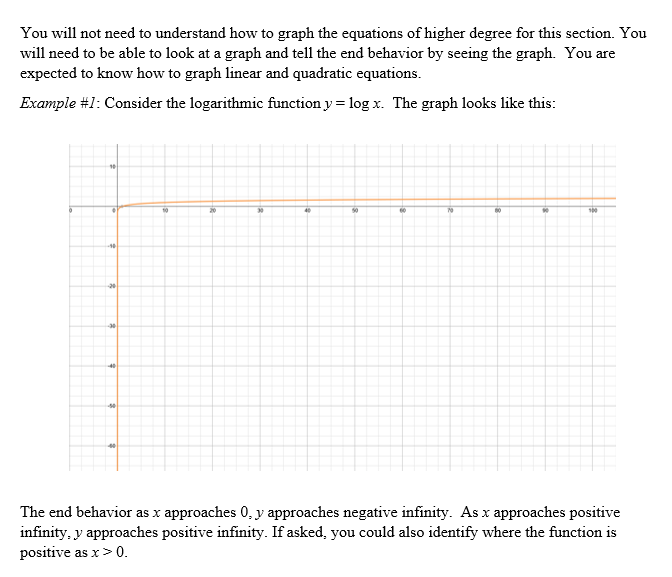 |
|
Stop! Go to Questions #37-41 about this section, then return to continue on to the next section. |
Word Problems |
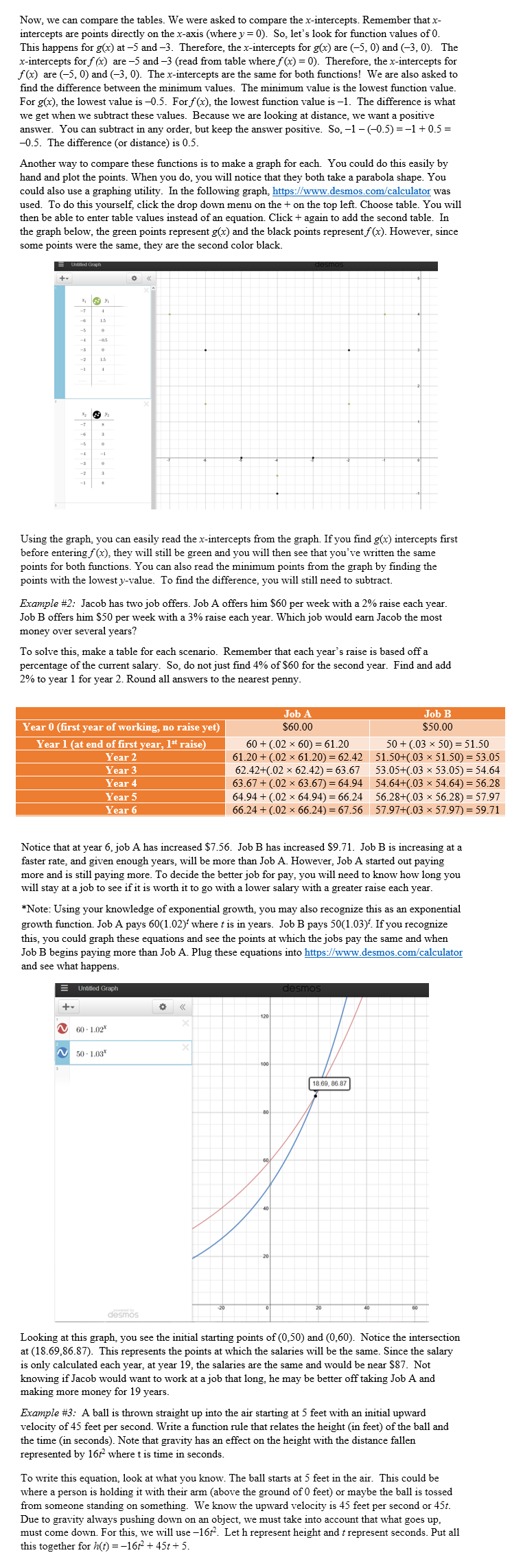 |
Click on the link to watch the video "Applying the quadratic formula | Quadratic equations" or click on the video. |
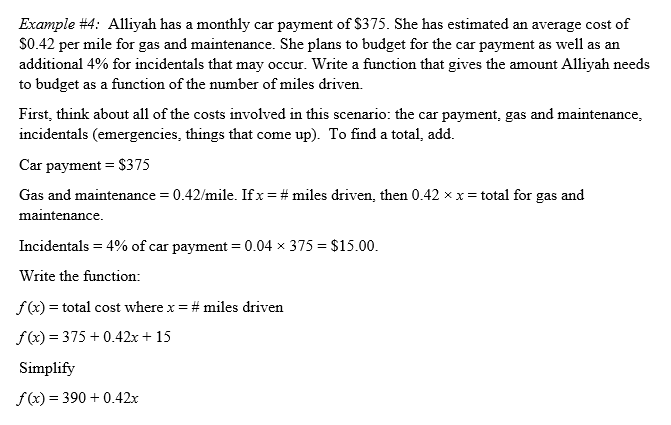 |
Video 1: Click on the link to watch the video "Modeling with combined functions | Functions and their graphs " or click on the video. |
Video 2: Click on the link to watch the video "Comparing linear functions word problems 2" or click on the video. |
Video 3: Click on the link to watch the video "Comparing linear functions word problems 3" or click on the video. |
Practice:
|